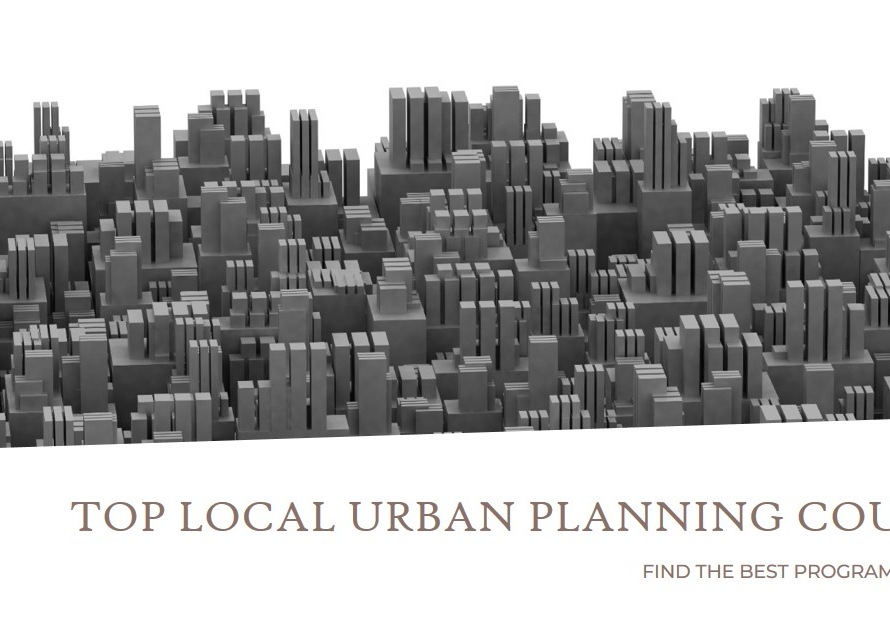
Table of Contents
1. Introduction: Blending Innovation with Architecture
The intersection of technology and architecture continues to yield groundbreaking innovations, with 3D visualization and Sony’s Spatial Reality Display emerging as transformative tools in the field. This blog post delves into the application of these cutting-edge technologies in architecture, exploring their potential to revolutionize design processes, client presentations, and immersive experiences within architectural spaces.
2. Understanding 3D Visualization in Architecture
3D visualization has long been a cornerstone of architectural design and communication, enabling architects to translate ideas into immersive visual representations. Through sophisticated software such as Autodesk Revit, SketchUp, and Lumion, architects can create detailed 3D models of buildings, landscapes, and interior spaces. These models not only showcase design aesthetics but also convey spatial relationships, lighting conditions, and material textures with remarkable accuracy.
3. Enhancing Design Exploration and Iteration
One of the key benefits of 3D visualization in architecture is its ability to facilitate design exploration and iteration. Architects can quickly generate multiple design variations, experiment with different materials and colors, and assess the impact of natural light throughout the day. This iterative approach fosters creativity, allows for informed decision-making, and enables architects to fine-tune designs to meet client preferences and project requirements.
4. Sony’s Spatial Reality Display: A Game-Changer in Visualization
Sony’s Spatial Reality Display represents a leap forward in visualizing 3D content with unprecedented realism and depth perception. Utilizing eye-tracking technology and a high-resolution display, the Spatial Reality Display creates a glasses-free 3D viewing experience, where viewers can perceive depth and parallax as they move around the display. This technology bridges the gap between digital models and physical perception, making it highly applicable in architectural design and presentations.
5. Immersive Client Presentations and Reviews
One of the significant advantages of Sony’s Spatial Reality Display in architecture is its potential to revolutionize client presentations and design reviews. Architects can showcase 3D models of buildings and interior spaces on the display, allowing clients to experience designs in true 3D without the need for special glasses. This immersive experience helps clients visualize spatial layouts, understand design concepts better, and provide informed feedback during the early stages of a project.
6. Realistic Simulation of Lighting and Materiality
Architects rely heavily on accurate simulation of lighting conditions and materiality to convey design intent effectively. Sony’s Spatial Reality Display excels in rendering realistic lighting effects and material textures, enhancing the visual fidelity of architectural models. Designers can showcase how natural light filters through spaces, how materials interact with light, and how shadows play across surfaces, providing clients and stakeholders with a holistic understanding of the design’s visual impact.
7. Collaboration and Team Engagement
In architectural firms where collaboration is key, tools that enhance team engagement and collaboration are invaluable. Sony’s Spatial Reality Display serves as a collaborative platform where design teams can review and discuss 3D models in a shared, immersive environment. This real-time collaboration fosters creativity, improves communication among team members, and accelerates decision-making processes, leading to more efficient project workflows.
8. Integration with Building Information Modeling (BIM)
The integration of Sony’s Spatial Reality Display with Building Information Modeling (BIM) workflows further enhances its applicability in architecture. BIM models, enriched with data on building components, systems, and materials, can be visualized in 3D on the display with unparalleled depth and detail. Architects, engineers, and stakeholders can navigate through building elements, visualize construction sequences, and detect potential clashes or design inconsistencies early in the project lifecycle.
9. Training and Educational Applications
Beyond design and client presentations, Sony’s Spatial Reality Display finds applications in architectural training and education. Architecture students can explore complex spatial concepts, study building assemblies in 3D, and understand architectural principles in a more interactive and immersive manner. Architectural firms can also use the display for internal training sessions, safety simulations, and showcasing design concepts to new team members or clients.
10. Future Prospects and Industry Adoption


As technology continues to evolve, the fusion of 3D visualization tools and immersive displays like Sony’s Spatial Reality Display represents the future of architectural design and communication. While adoption may initially be limited to pioneering firms and institutions, the potential benefits in terms of design accuracy, client engagement, and collaborative workflows make these technologies poised for widespread adoption across the architecture industry. Embracing these innovations can position architectural professionals at the forefront of design excellence and technological advancement in the built environment


